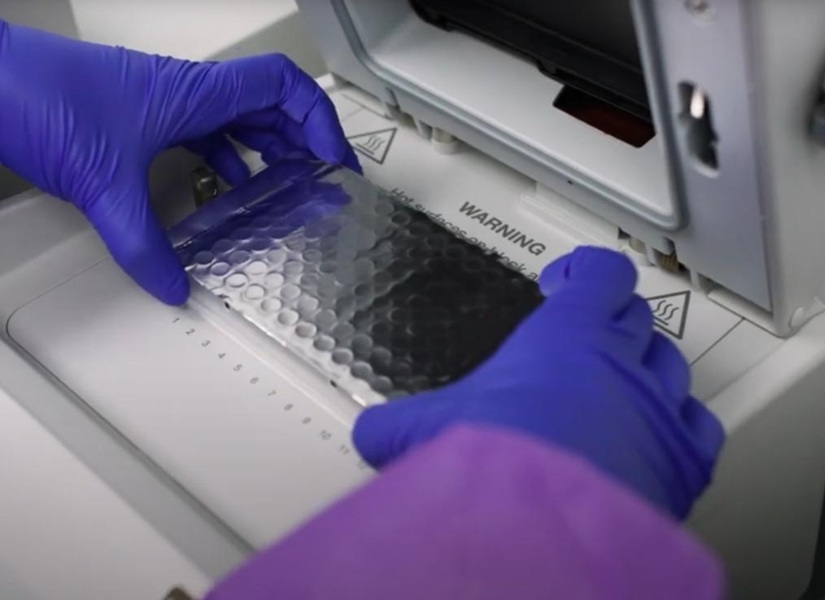Calprotectin Testing Predicts Future Atherosclerotic Heart Disease Risk
Posted on 16 May 2025
Emerging evidence highlights the critical role of the immune system in the development of atherosclerotic cardiovascular disease (ASCVD), a condition characterized by the gradual buildup of fatty deposits, or plaque, in the arteries. This plaque narrows blood vessels, restricting blood flow to the heart and other organs, which raises the risk of heart attacks and strokes. When the artery lining becomes damaged and cholesterol accumulates, the immune system is activated. Neutrophils, along with other immune cells, move to the affected area. Although this is a natural defense response, excessive neutrophil activity and the associated inflammation can accelerate plaque formation and worsen disease progression. These damaging processes often occur without noticeable symptoms for years, making early detection difficult. A significant challenge in identifying the disease early is the lack of reliable biomarkers to measure immune activity and inflammation. However, calprotectin—a critical marker of neutrophil activation and the formation of neutrophil extracellular traps (NETs), which promote inflammation and plaque buildup—shows promise as a potential biomarker.
Now, researchers at Michigan Medicine (Ann Arbor, MI, USA) are leading a study that previously explored calprotectin’s utility as a biomarker in inflammatory disorders like antiphospholipid syndrome and COVID-19. This is the first time calprotectin has been investigated as a potential marker for the general population. Given the strong link between neutrophil activation and ASCVD, calprotectin could serve as an early warning signal for cardiovascular disease risk. In a collaborative study, the researchers examined calprotectin’s role in ASCVD using data and samples from the Dallas Heart Study, a large, population-based research project. The study aimed to explore the connection between calprotectin levels and ASCVD, specifically assessing whether calprotectin can help predict future cardiovascular disease risk. The findings, published in JAMA Cardiology, confirmed that elevated calprotectin levels can predict future ASCVD, even among individuals who appear healthy.

The study utilized blood samples from 2,412 individuals within the Dallas Heart Study, a diverse cohort in which two-thirds of participants are Black or Hispanic. Over the next eight years, 114 participants developed new ASCVD. Those with higher calprotectin levels were more likely to develop heart disease, even after adjusting for common risk factors such as age, sex, race, weight, smoking, blood pressure, diabetes, cholesterol, and kidney function. Additionally, individuals with higher calprotectin levels had higher coronary artery calcium scores, which indicate early plaque buildup in the arteries. To further investigate the role of calprotectin in heart disease, the team conducted laboratory experiments, which demonstrated that calprotectin negatively affects blood vessel cell health by reducing nitric oxide production—an important factor for keeping arteries flexible. This likely contributes to scarring and damage in coronary arteries. These results suggest that calprotectin could act as an early warning for heart disease, helping to identify individuals at risk well before symptoms emerge. This research may lead to improved early detection and prevention strategies, potentially helping more individuals avoid heart attacks and strokes.
“These findings highlight calprotectin as a potential early warning signal for heart disease, long before symptoms first appear. And, since calprotectin appears to damage blood vessel cells, one wonders if it could eventually be targeted therapeutically,” said Ray Zuo, M.D., who led the investigation of calprotectin’s role in ASCVD. “By understanding how immune activation contributes to artery damage, we hope to open new doors for earlier detection and better prevention strategies. In the future, measuring calprotectin levels could help identify at-risk individuals sooner, allowing for timely interventions that could ultimately save lives.”
Related Links:
Michigan Medicine













